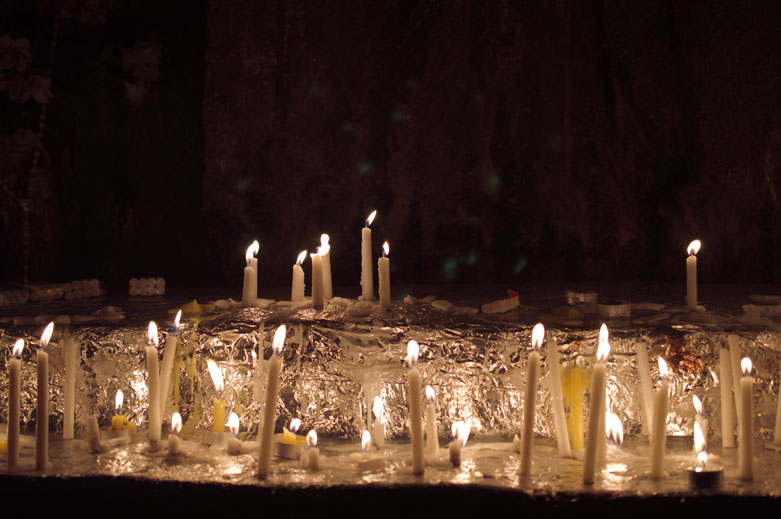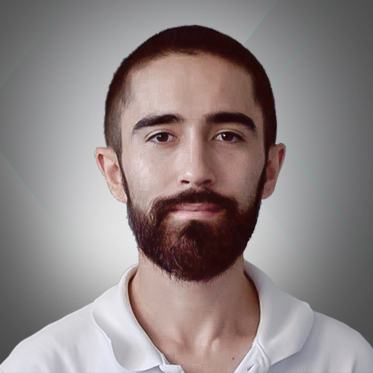Eight sacred places to visit in Kurdistan

ERBIL, Kurdistan Region (Kurdistan 24) – There are eight places you must see to understand the spiritual significance of the Kurdistan Region to the Muslim majority as well as the Yezidi (Ezidi), Assyrian, Chaldean, Syriac and other minorities for whom this is also an ancient and sacred motherland.
Lalish
Lalish is the holiest place to the Ezidis, and its natural and architectural landscape has powerful symbols of the Abrahamic, Zoroastrian, and indigenous Mesopotamian elements in their religion.

The shrine of their prophet, Sheikh Adi, is the largest building. The sanctity of this and the many other shrines is so important that it is forbidden to wear shoes at all in the entire valley.

Overlooking the shrine of Sheikh Adi is Mount Arafat, considered to be the center of the world. The navel of the universe is marked by a white mound with a niche for an oil lamp.
There are hundreds of other oil lamps scattered around Lalish in walls, mounds, caves, and monuments. It is said that there is one for each day of the year, reflecting the sun-worshipping elements of Ezidism. They are lit daily at sundown.

Takiye Sheikh Abdulaziz
This shrine and takiye — a gathering place for Sufi worship — is dedicated to Sheikh Abdulaziz, who fought alongside Salahaddin in the latter’s victory over Jerusalem. Sheikh Abdulaziz was the son of Sheikh Abdulqadir Gailani, the most revered leader of Sufism in Iraq and Kurdistan, and died in 1205 CE.

Every Friday, followers of Gailani Sufism worship in their traditional manner, which is a structured ceremony of fast chanting, drumming, and movement to reach a state of spiritual elation. This takiye is one of many in Kurdistan, which has a sacred geography of Sufi pilgrimage sites.

Shrine of Nathan
Nathan the Elkoshite was a biblical figure who prophesied the destruction of Nineveh, so it is no surprise that at the edge of the Nineveh plains, the village of al Qosh, where his shrine is revered, is found.

Although no Jews lived in al Qosh by the mid-19th century, and it was neither associated with a Jewish school nor synagogue, the shrine had strong links with the Jewish community.
Shops and sleeping quarters were built next to it for the crowds of Jewish pilgrims who came annually during Shavuot. When these became full, the Jewish traveler Benjamin II noted in 1859 that the Christians would host the Jewish families in their own homes.
Today, the abundant but worn out Hebrew inscriptions are silent testimonies to the sanctity of the site to Jews, and still bear witness to the occasional Jewish pilgrim who ventures to make a prayer. The keys are kept by a Christian man who lives next door named Nasir, who inherited the keys from his father and grandfather before him.

Monastery of Saint Matthew
The ancient Monastery of Saint Matthew has a tragic history, but located on a mountaintop and overlooking the Nineveh plains, it is also a powerful testament to Christian presence and resilience.

Considered one of the oldest surviving Christian monasteries in the world, it is located on a mountain known to the Christians as the “Mountain of the Thousands,” due to the thousands of reclusive monks who lived there at its busiest times.

The monastery was repeatedly destroyed throughout history, including in medieval times by Mongolians, and in the 19th century by a Rawanduzi chieftain. Each time, the local Christians supported its reconstruction and restoration, and its present-day campus is thoroughly modernized.
However, the ruined and ancient walls of earlier buildings, tombs, and aqueducts can still be explored. Today, it is kept by Syriac Orthodox monks led by Father Yousif. The monastery also runs the stone quarry at the base of the mountain.

Jalil Khayat Mosque
Completed in 2007, it is the largest mosque in Erbil. The construction began under Jalil Khayat, to serve up to 2,000 worshippers. However, he died in 2005, and his sons completed it in his memory.

The mosque is a fusion of styles. It is reminiscent of the Muhammad Ali Mosque in Cairo, and the Blue Mosque in Istanbul.

Mawlood is a Muslim holiday of special significance in Erbil, and on this day, the mosque becomes packed with male worshippers in the main hall and with women in the smaller hall.

Shrine of Daniel
This ancient biblical shrine in Kirkuk is associated with the prophet Daniel. It has been a center for Jewish, Christian, and Muslim worship for millennia. Today, it is part of a mosque and is cared for by Sheikh Farooq, whose position has been passed down for generations.

The shrine is prominent on the Citadel, which local legend says was built by enslaved Jews under the command of Nebuchadnezzar.
Alongside prophet Daniel are additional tombs, which belong to figures from the Book of Daniel during the era of Nebuchadnezzar’s reign. The best time to visit is on Fridays when Sheikh Farooq warmly welcomes pilgrims and representatives of all religious backgrounds.

Hiran Shrines
Located in the secluded village of Hiran is a cemetery complex for Sufi leaders, centered around a system of rock-cut tombs in caves. The Sufi community gathers en masse at the site on major holidays, and pilgrims visit throughout the year to pay respects and pray.

Within the cave tombs are numerous caskets and countless prayer cloths tied onto every available spot. There are also pebbles tucked into cracks in the walls and ceiling, a traditional method of prayer in the region.

Monastery of Mar Bena Qadisho
Located in the Christian village of Armota at the edge of Koya, this monastery was first built in 364 by Saint Banham’s followers. However, it was destroyed in 1988 during the genocidal campaign in the region by Saddam Hussein.

In 1996, the chapel was rebuilt by the Christian community. Today it has a large park for pilgrims to picnic, vast community spaces for major events, and a dark sanctuary filled with winding corridors and small chambers for prayer.

The best time to visit is the first Friday after Easter, which is the feast day for Mar Bena. The entire campus becomes packed with pilgrims, and the vitality of the community brings the whole place to life.
Editing by G.H. Renaud
